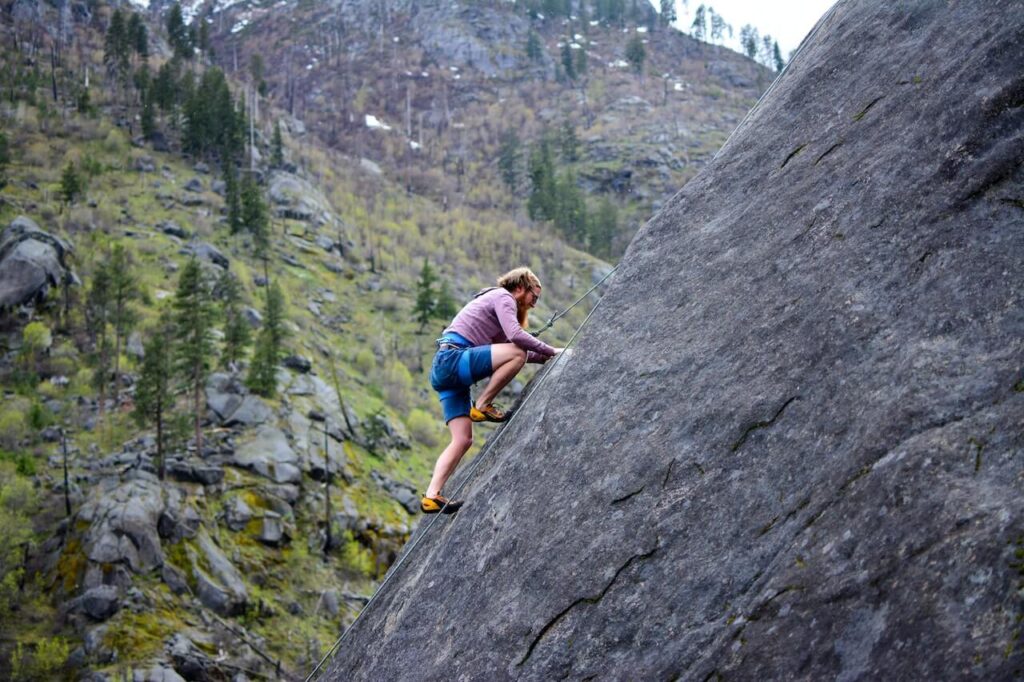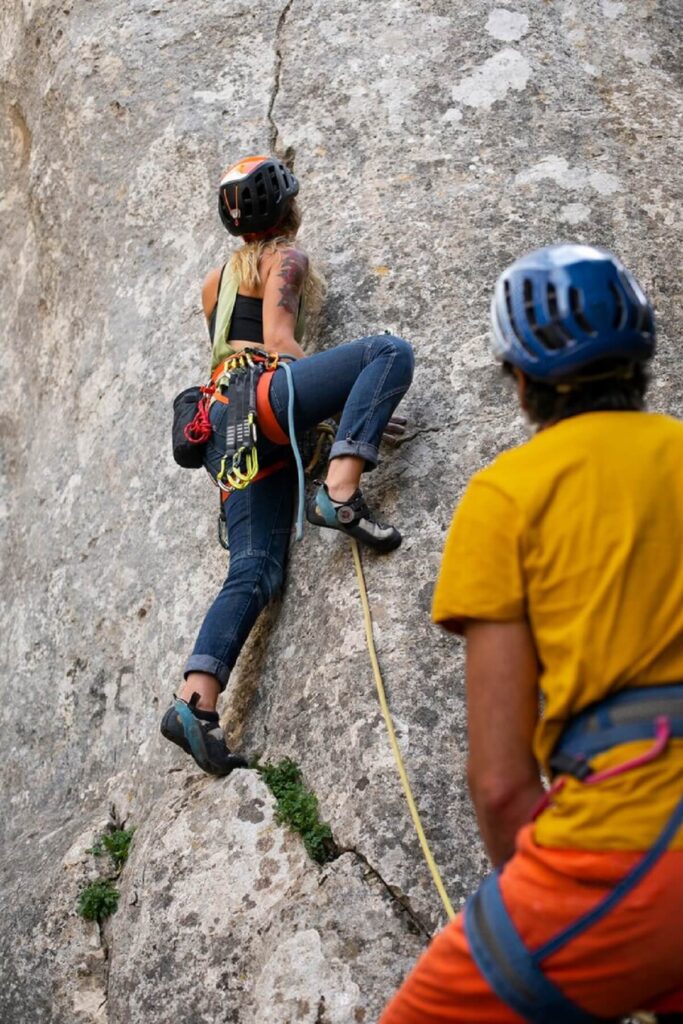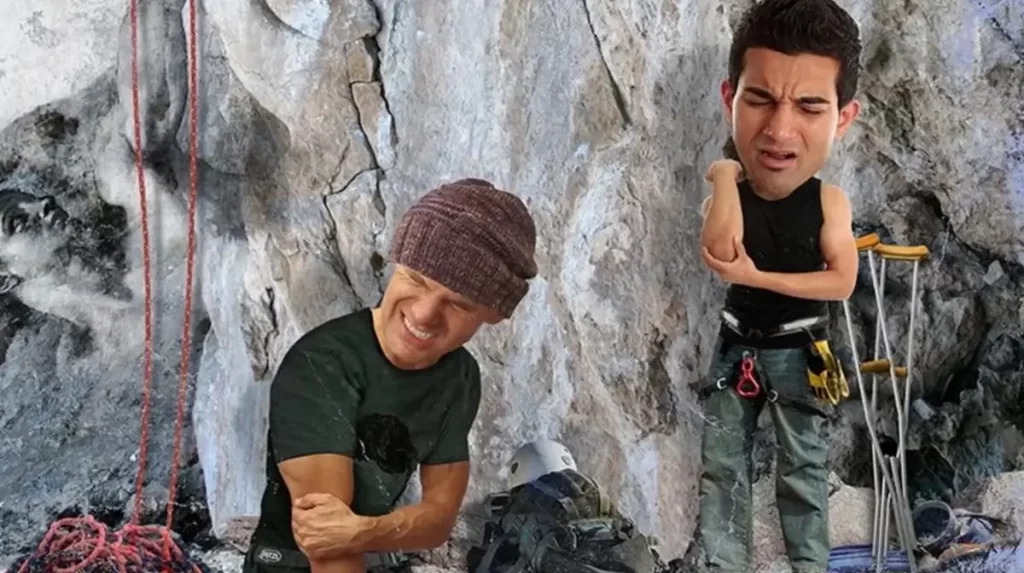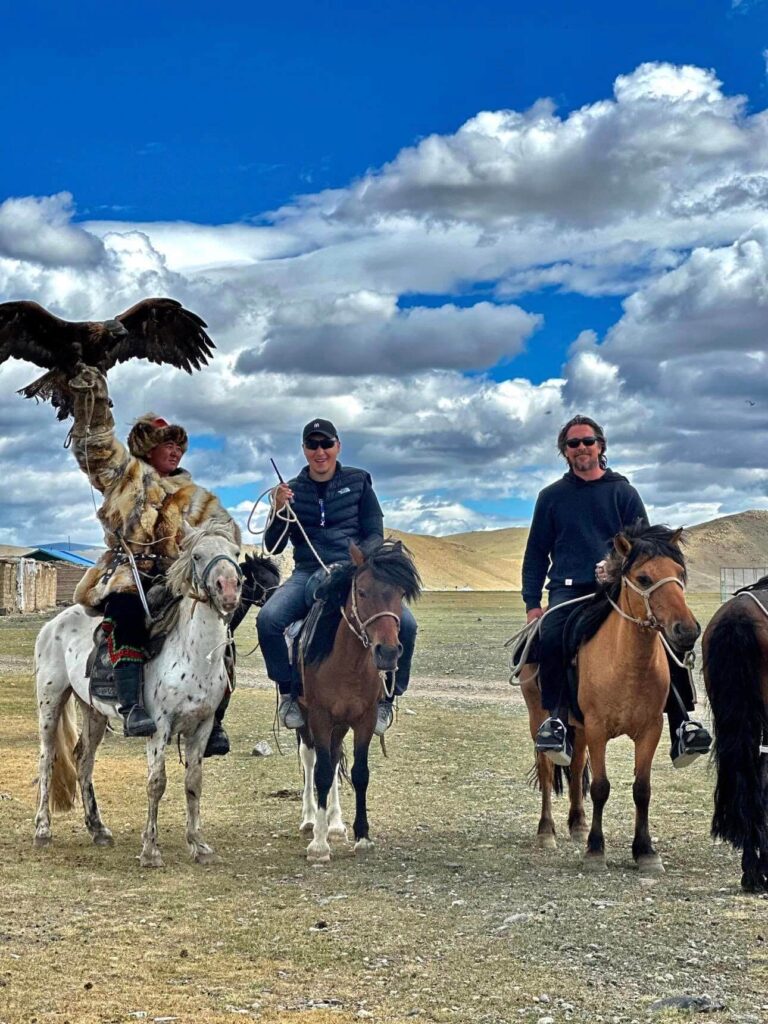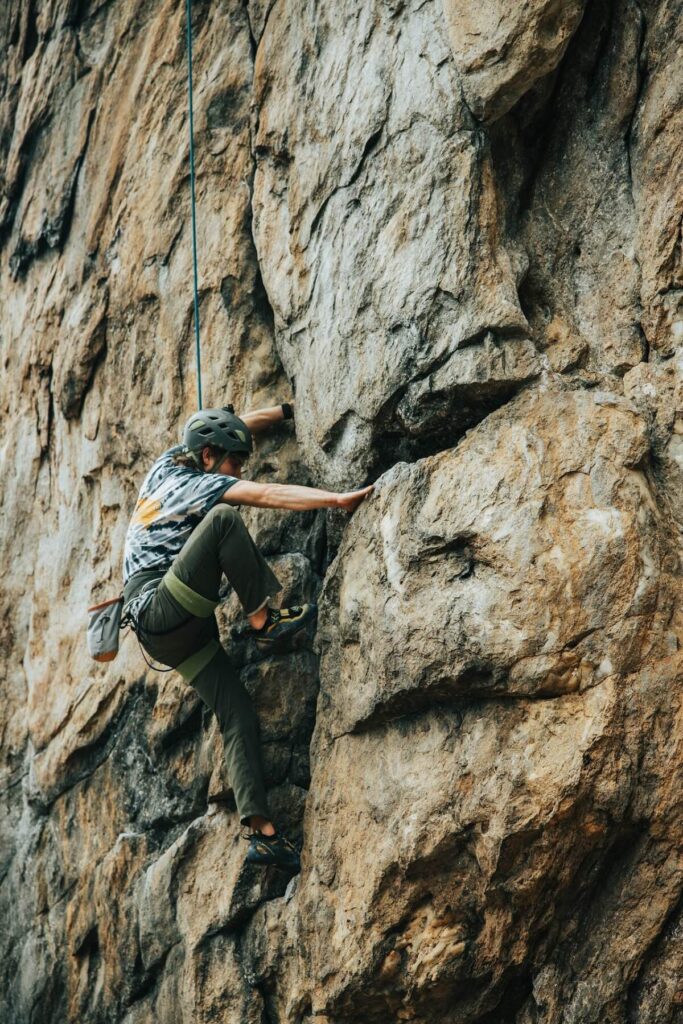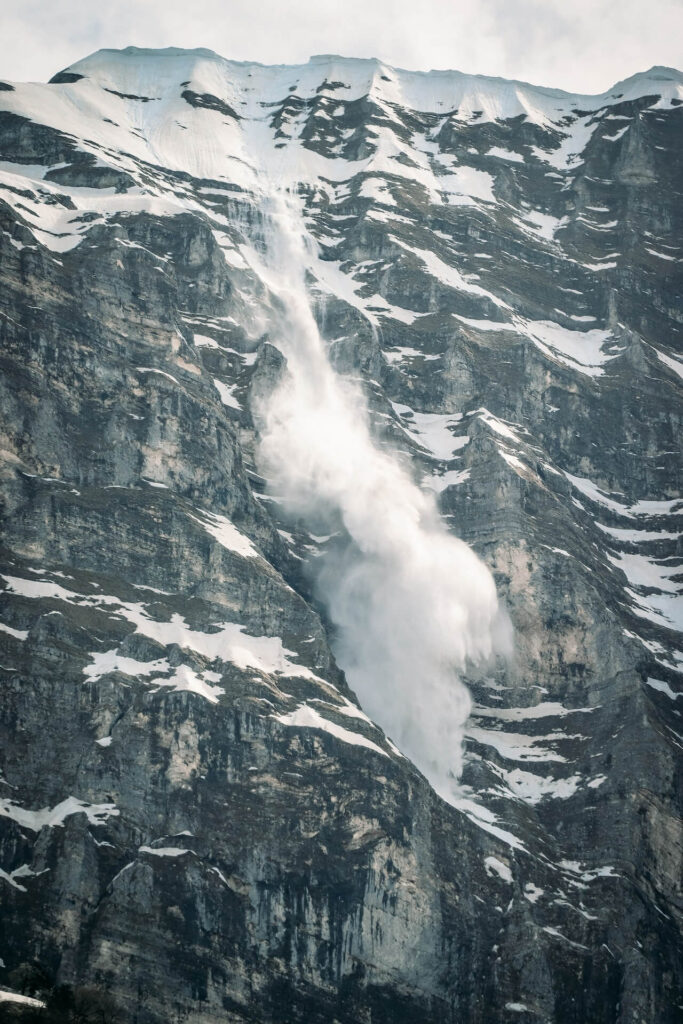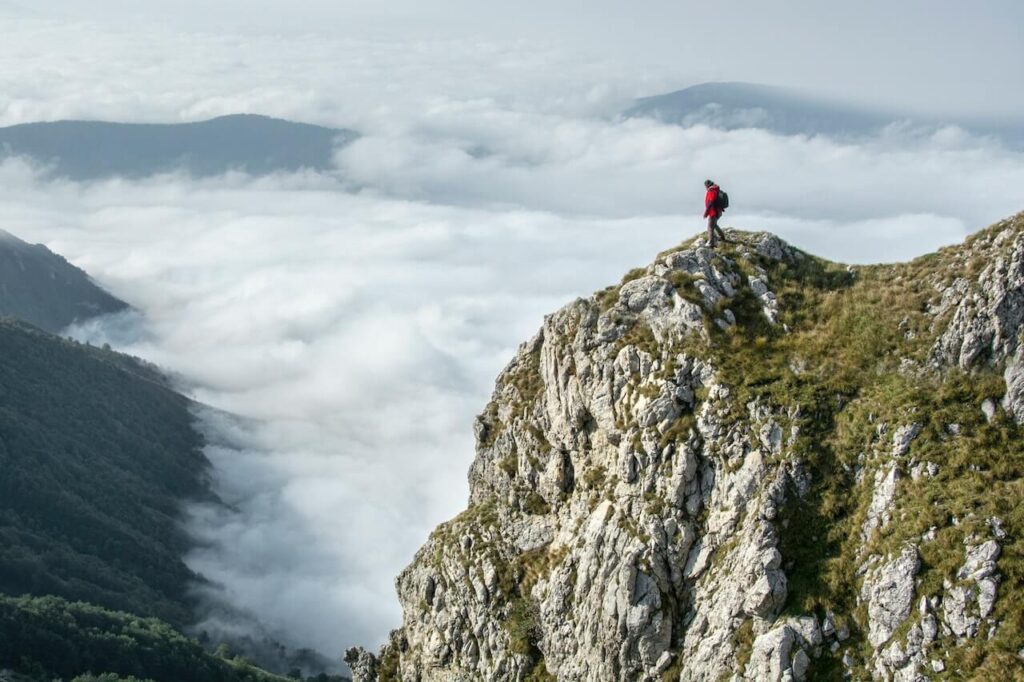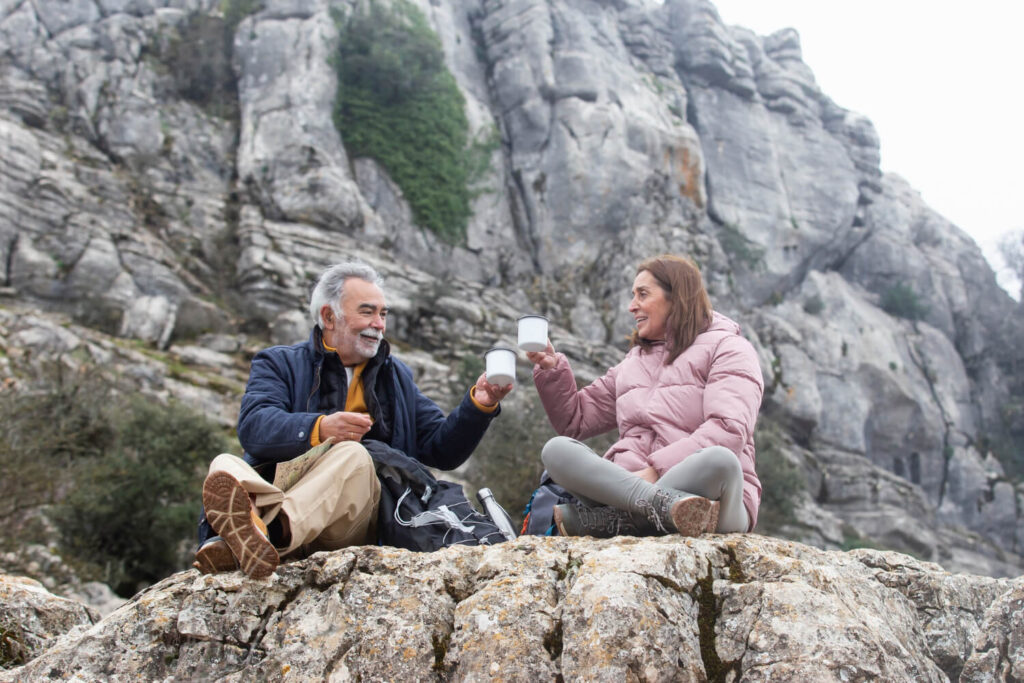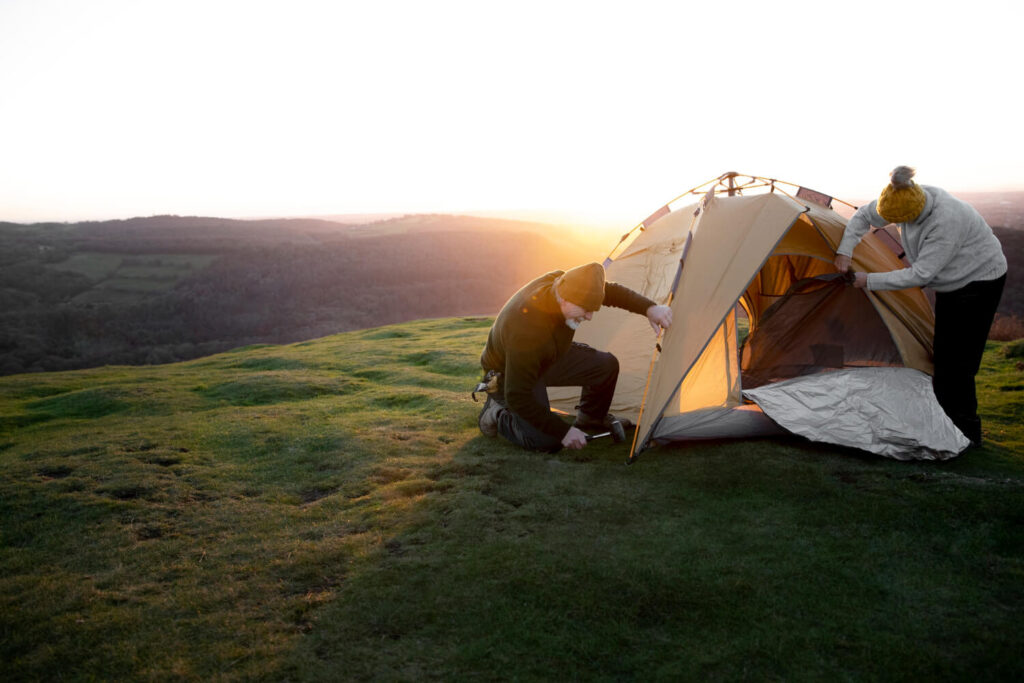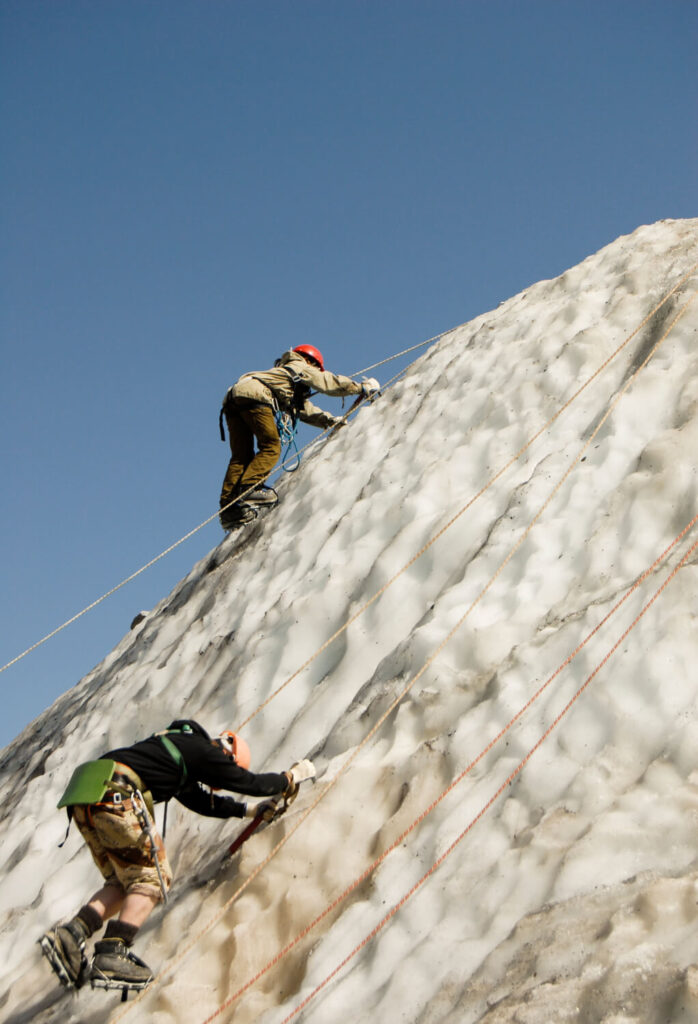If you’re an avid climber or someone looking to enhance your climbing endurance, you’ve come to the right place. Climbing is a physically demanding sport that requires not only strength but also endurance. Building climbing endurance is crucial for tackling longer routes, scaling difficult terrains, and achieving your climbing goals.
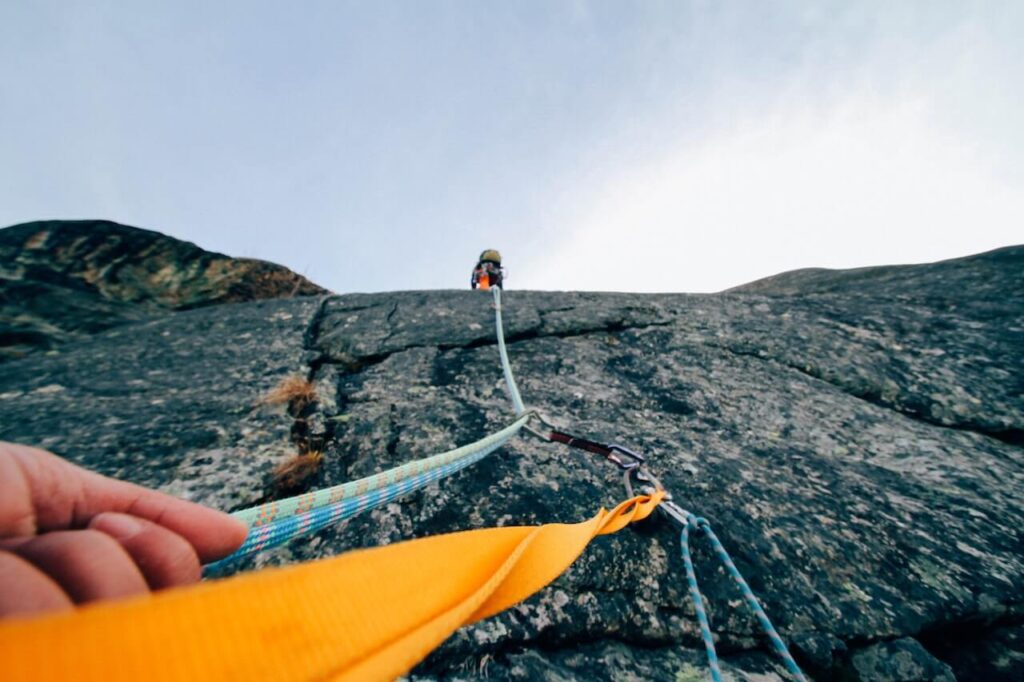
From physical training to mental strategies, we’ll cover everything you need to know to enhance your climbing performance. So, tighten your harness, chalk up your hands, and let’s dive in!
Understand the Importance of Endurance in Climbing:
Before we delve into the specifics of building climbing endurance, it’s essential to understand why it matters. Endurance enables climbers to sustain their effort over extended periods, allowing them to conquer longer routes and push their limits. Building endurance helps delay the onset of fatigue, improves recovery times, and enhances overall climbing performance.
Now, let’s clear up a little confusion. See, there’s a difference between system power and muscular power. It’s like comparing apples to oranges, really. System power refers to your body’s ability to generate energy from a particular system, giving you what we call “power-endurance.” Think of it as the engine that keeps you chugging along during those long climbs.
On the other hand, muscular power is all about generating force quickly, like when you’re blasting through explosive weight training or showing off your moves on a Campus board.
But wait, there’s more! We can’t forget about capacity. Increasing your capacity means being able to tackle more boulder problems or routes at a specific difficulty level in a single day. It’s like being a climbing machine that never runs out of fuel. And let’s not neglect system power improvements. They’ll have you performing at higher difficulties, like a superhero defying gravity on the wall.
Now, where can you work on all of this? Right at home, my friend. No need to travel to Mongolia to scale the highest peaks. Just find yourself a cozy corner, set up your training gear, and get to work. Train that system power and build those muscles to unleash your climbing prowess. And hey, if you ever do find yourself in Mongolia, make sure to climb Khuiten mountain to enjoy a beautiful view.
Establish a Solid Base Fitness:
Building a solid fitness foundation is crucial for climbing endurance. When it comes to climbing endurance, you better believe it engages every nook and cranny of your body! Mountain climbing and rock climbing are demanding sport that calls upon your endurance, flexibility, fitness, and strength. It’s like a full-body workout on the mountain. So, let’s dive into the muscle groups that are put to the test in the world of climbing.
- shoulders/biceps
- lats/back
- calves
- forearms
- fingers/forearms
- toes
- hand
- core
- thighs
- ankles
- knees
How to Build Climbing Endurance from the Beginning:
Focus on Muscular Endurance Training:
To improve climbing-specific endurance, it’s important to target the muscles used during climbing movements. Exercises such as fingerboard training, hangboarding, and campus boarding can help strengthen your finger and forearm muscles, crucial for gripping and pulling on holds.
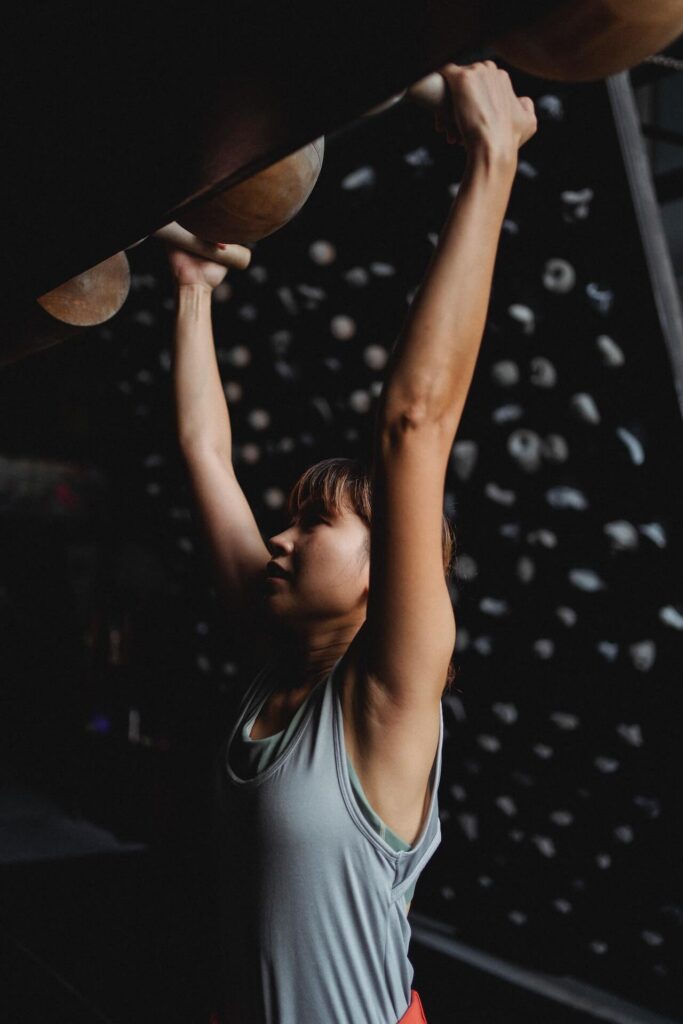
Additionally, incorporating exercises like pull-ups, push-ups, and plank variations can strengthen your upper body and core muscles, enhancing overall climbing endurance.
Interval Training for Power-Endurance:
Interval training is an excellent method to improve power-endurance, which is essential for sustained climbing performance. Incorporate exercises such as circuits, traversing, or bouldering with shorter rest periods to simulate the demands of climbing.
These intense bursts of activity followed by shorter recovery periods will train your body to perform under fatigue, ultimately enhancing your climbing endurance.
Incorporate High-Volume Training:
To increase your climbing endurance, gradually increase the volume of your climbing sessions. Focus on longer sessions with sustained effort rather than shorter, more intense bursts. Aim for routes or boulder problems that challenge your endurance capabilities and gradually increase the difficulty level as you progress. This progressive overload will help your body adapt and build climbing-specific endurance.
Rest and Recovery:
While training is essential, it’s equally important to prioritize rest and recovery. Overtraining can lead to fatigue, increased risk of injury, and hinder your progress. Allow your body sufficient time to recover between training sessions, ensuring you get adequate sleep, and maintain a balanced diet to support your climbing endurance goals.
Mental Strategies for Endurance:
Building climbing endurance isn’t just about physical training; it also requires mental fortitude. Develop mental strategies such as visualization, positive self-talk, and goal-setting to stay focused and motivated during challenging climbs. Practice mindfulness and breathing techniques to manage stress and maintain composure while climbing for extended periods.
Outdoor Climbing and Route Selection:
Taking your climbing skills outdoors and choosing appropriate routes is vital to building climbing endurance. Outdoor climbing presents different challenges compared to indoor climbing, such as varying rock types, weather conditions, and longer routes.
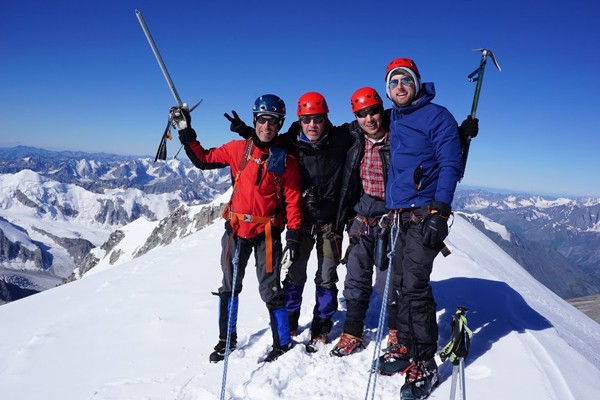
Gradually progress to more demanding outdoor climbs, selecting routes that align with your endurance goals. Seeking guidance from experienced climbers or hiring a climbing instructor can provide valuable insights and enhance your outdoor climbing experience.
Cross-Training for Well-Rounded Fitness:
Cross-training can complement your climbing-specific training and enhance your overall fitness. Engage in activities such as yoga, Pilates, or martial arts to improve flexibility, balance, and body awareness. These activities can also help prevent muscular imbalances and reduce the risk of injury, ultimately benefiting your climbing endurance.
Stay Consistent and Enjoy the Process:
Consistency is key when it comes to building climbing endurance. Set realistic goals, create a structured training plan, and commit to regular practice. Enjoy the process and embrace the journey of improving your climbing endurance. Celebrate small victories along the way, and remember that progress takes time and effort.

